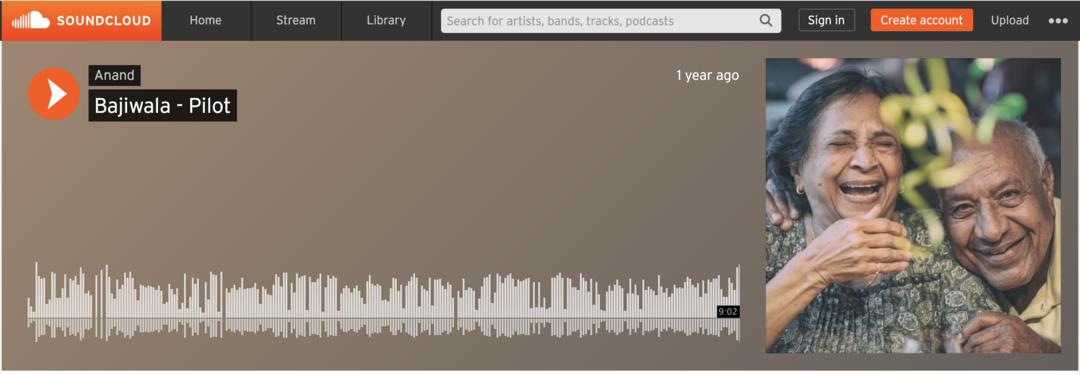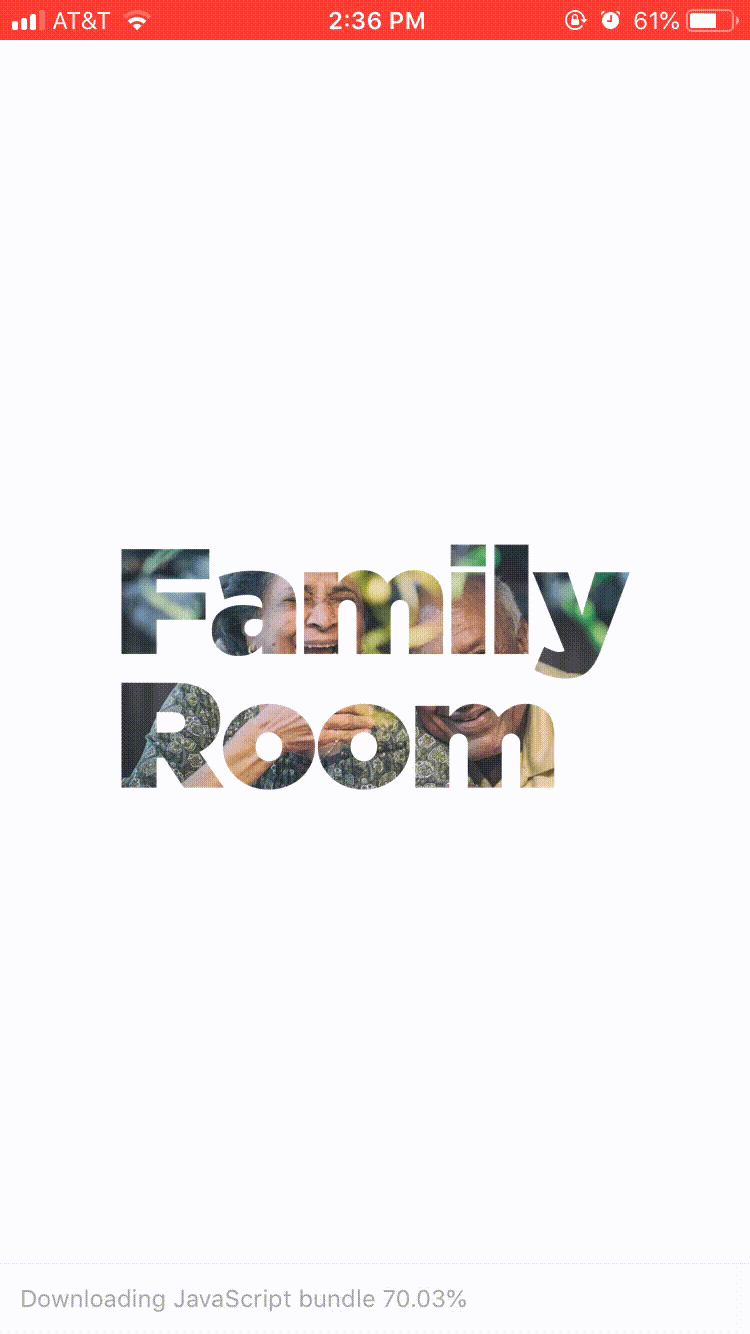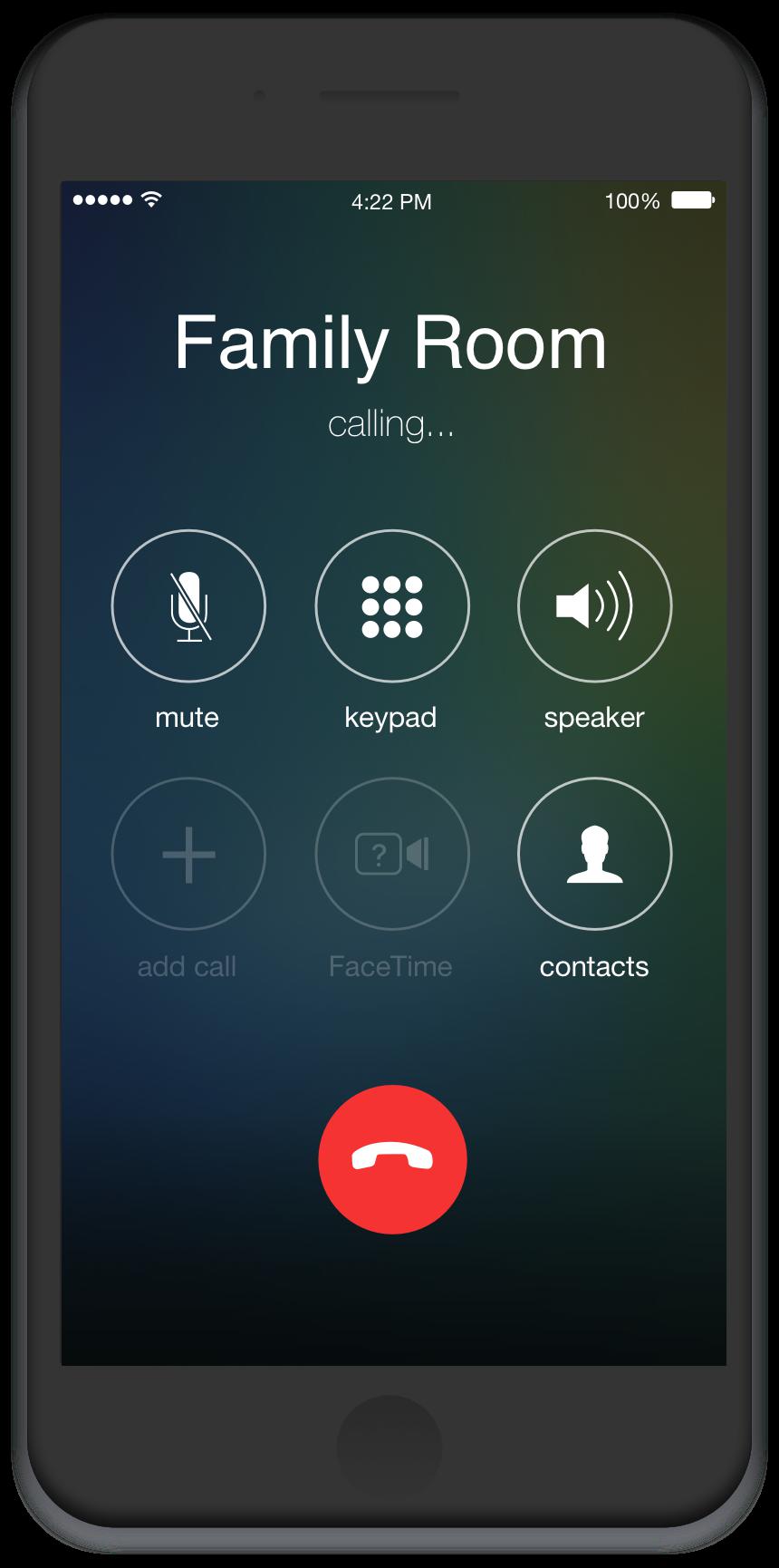
“I wish I knew about my grandma’s first date!” We heard this and many other similar wishes from 18-25 year olds who were regretful of the fact that they did not or do not currently know the stories of their families. Younger and older generations are increasingly isolated from their families, as younger people move out of their houses earlier for work and education. At the same time, loneliness is affecting more American than ever in both the older and younger demographics alike, leading to mental disorders and early onset memory problems!
People have already anecdotally shown a huge aspirational interest in wanting to collect family memories (and genealogy). We hypothesize that audio is the perfect medium to easily capture and save these stories. Our main insight led us to create a truly accessible system where anything from a landline phone to a new iPhone X could access the same experience, reducing friction as needed.
We recently won a grant from the Stanford Longevity Center and are testing this concept with around 10 families and friends.

My grandmother, Baji, wanted to capture her immigrant stories filled with struggle and miracles, and share them with my siblings and I. She found it difficult to write them on paper without any questions to prompt her (blank page problem). It was a slow process so we set her up with Microsoft Word so at least her spelling would be helped. Though, since she didn’t grow up with the keyboard interface, she found it tiring. Finally, we decided to have weekly phone calls that I would record and spend hours editing into podcasts for the rest of my family to hear.

Initially, our instinct was to build out the full user experience with a focus on user interface. The system was built using React Native and a firebase database. We quickly learned how difficult it would be to test this prototype app with older users given their reduced technological literacy and the long wait times with app stores.

The second time around, we focused on maximizing the potential to learn from users. The system was built with accesibility in mind from the ground up. Instead of an app, older users can call into a literl phone number. This involved creating a voice UX using Twilios automated phone systems.

This project is ongoing and will continue to evolve as we bring it to a larger audience. Thusfar, we have validated the business opportunity by winning the 2019 Stanford Longevity Center Design Challenge. From a desirability standpoint, we are continuing to test our Twilio interface with a small set of family and friends. The main goal now is to turn the Minimum Viable Product into a Minimum "Loveable" Product. By creating something that is fully functional, we lost our simple visual experience.
Alongside the validation of this idea, I created a simple visual language to help in presenting Family Room to various investors and also users.


